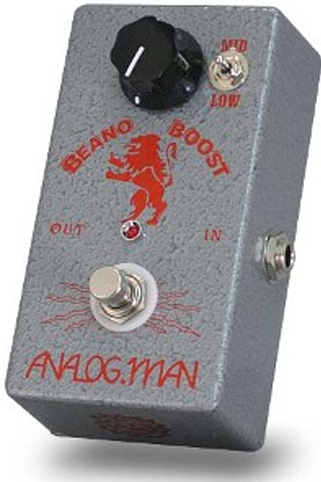This is an extensive guest review by Mike Batke
Description Overview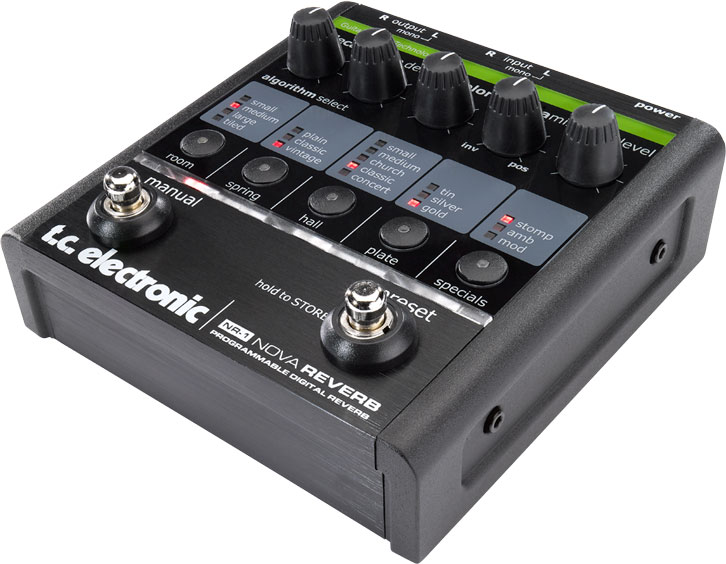
The TC Electronics NR-1 Nova Reverb consists of five banks, or reverb types: room, spring, hall, plate, and specials. Each of these is further broken down into varying room sizes or types further adjustable using the various dials, which I’ll describe further below.
Connections are simple. There is a single 12V power connector (there are no accommodations for a battery on the NR-1). Instrument inputs can either be mono (L), or stereo using normal shielded 1/4-inch guitar (TR) cables. The outputs can be used mono (L), or stereo, however, they come with a ‘monosense’ feature which allow them to either be used with unbalanced 1/4-inch (TR), or balanced (TRS) cables allowing for greater flexibility in recording, or live applications.
Some technical specifications include a 20Hz to 20KHz dynamic range, a 24 bit processor featuring 128x oversampling and less than -90dB of total harmonic distortion. The latency of the pedal is 1.65 ms. It’s best to refer to the manual for anything more specific.
For those of you not really keen on technical specs, the NR-1 is hush quiet and doesn’t have any annoying lag when you play through it, making it great for home or studio recording applications.
Although the Nova Reverb is ready to use out of the box, there are a couple of unique features of the Nova Reverb consisting of (1) being able to calibrate the input level to avoid clipping the device into digital distortion (not a good sound, nor good for any signal chain, nor live sound application after the device), and (2) the ability to modify whether the device fades out or mutes after switching it off into bypass mode. Again, the manual provides more specific information.
 Controls
Controls
There are 12 controls on the NR-1: Five knobs: Decay, Pre-Delay, Color, and Dynamix, two switches: Manual and Preset, and five selector buttons for each of the different reverb types.
Decay
The Decay knob adjust how long the reverb ‘hangs’ before it falls off into oblivion. It can lead to some interesting multiple echoes, but, in turning it up in a live setting, you can also be fed a healthy dose of feedback. Luckily, the feedback isn’t instantaneous in most cases. Use this knob with discretion, especially at higher volumes.
Pre-Delay
The Pre-Delay, from my experience, is like the start of the reverb tail. Do you want it to start as soon as you hit the note or do you want a bit of a ‘lag’ in your reverb to allow the notes of the guitar to have some definition? Diming the knob will give you nearly a slap-back reverb separation between hitting the note and hearing the reverb.
Color
From what I’ve experienced with the pedal the Color knob adjusts the mid-range cut or boost of the signal your adding reverb to. With a clean guitar, the effect is subtle. However, when you add a boost or some distortion to the signal chain, how you’ve dialed in the Color becomes very obvious. If you cut the signal too much, you lose definition, and if you boost the signal too much it becomes shrill and harsh to listen to. Think Goldilocks and the three bears with this knob.
Dynamix
The Dynamix knob hails back to the early days of t.c. electronic as it first appeared on the TC 2290 Digital Delay. Basically, Dynamix works like a ‘ducker’ pedal, or an instantaneous fader to lower the volume reverb effect volume. It has three ‘settings’: At the noon position, it does nothing allowing the signal to pass normally. If you cut the signal, it will change the reverb to sound stronger initially, then cut out quickly, ‘ducking’ out the reverb tail, leaving you with a dry guitar sound as a tail — depending how far you turn the knob counter-clockwise. Going the other direction past noon, the knob will duck the initial reverb sound, giving you more dry guitar, then ‘fade-in’ quickly the reverb after the initial guitar ‘attack.’ You may think it’s the same as the Pre-Delay, but it’s not, because it doesn’t ever ‘chop’ the reverb sound — it just drops it out.
Dynamix very noticeable and effective if you play hard-core metal of any type. You can set the Dynamix at full cut, play with a massively huge thickened-with-reverb distortion sound with very little to no reverb decay, depending on the reverb room size you’ve chosen. This gives your muted notes punch and definition when playing rhythm parts.
Manual Switch
Very simply, this brings the NR-1 out of bypass mode, or Preset mode and into the manual mode which is WYSIWYG: Wherever the knobs are set, is what you will hear out of the device. When the light is on, Manual mode is engaged, when it’s off you’re either in bypass or Preset mode – whichever you decide.
Preset Switch
The Preset switch is a multi-function switch. When on (indicated by a lit LED), you come out of either bypass mode or Manual mode. When you press Preset the LEDs will correspond to the preset you programmed into the NR-1. However, the knobs will not move to show you their settings. You can change the settings while in Preset, but they will not be stored. To store any Preset setting you must press the Preset switch down for a minimum of one second. Do note: If you change any parameters while you’re in Preset mode, ONLY the edits will get stored if you store them, NOT all the PREVIOUS settings as well as the NEW edits. This becomes very important if you’re recording. Be sure to switch to the Manual mode and store Presets from there if you want all the pedal settings stored as you’ve adjusted them.
Selector Buttons
If you press the selector button, it will take you to a certain bank of reverb types, and if you press it again, it will scroll through the specific room types until you find the one you like.
Sounds
In the past, my biggest complaint about digital reverbs has been that they tend to sound ‘electronic’ (poor oversampling rates), or cold, or biting (where the reverb is a bit over the top).
The NR-1 Nova Reverb, with the exception of one setting, is anything but electronic-, cold- or biting-sounding. In fact, it sounds natural, transparent and warm.
Here’s a chart of the sounds you get:
| Room |
Spring |
Hall |
Plate |
Specials |
| Small |
Plain |
Small |
Tin |
Stomp |
| Medium |
Classic |
Medium |
Silver |
Ambience |
| Large |
Vintage |
Church |
Gold |
Modulated |
| Tiled |
|
Classic |
|
|
|
|
Concert |
|
|
Instead of talking about all the different reverb types, I’d like to focus on a few reverb types for this review. Having said that, I’m focusing on a few specific ones because the rest are standard fare and will deliver outstanding sound quality in each case – or, at least, so MY ears tell me.
I’ll start with the Tiled Room setting, which emulates the sound of playing in a tiled bathroom. This room is bright, not brittle, and has a tight reverb sound, bordering on a slap-back echo sort of feel. Tonally, this slap-back effect is pronounced when using your bridge pickup, and is surprisingly natural sounding.
With the Spring reverbs, I’m particularly fond of the Vintage reverb. Compared to the other two, it doesn’t have any overbearing resonant high frequencies (ringing sound). It sounds more like an old reverb tank with some springs that have aged into a mellow, warmer lower-mid frequency tone. The other two Spring types, Plain, and Classic sound brighter. I compare them to playing with a pick or your fingernails where the Vintage Spring sounds more like playing with your fingertips – less ‘attackish.’
Of the Hall types, my favorite is the Church hall. It has the most ‘fluid’ sound of the halls, especially for a larger hall. This is especially evident if you bend strings a lot. It’s as though you can feel and see the sine wave move through the air. It especially sounds fantastical with a wah pedal.
My favorite Plate sound is the Silver plate. To my ears it gives a guitar a natural fullness. It’s subtle to the point of being transparent once you’ve played for a few minutes. Then you turn it off and miss having it.
With the Specials, the Ambience setting does an excellent job at creating some air and breadth to a guitar sound. There’s not a lot added to take notice of the reverb per se, but there’s enough reverb there to knock back the completely dry sound of the guitar.
In relation to the Specials bank and to a comment I made earlier about one setting being electronic-sounding. That setting is the Stomp setting – emulating a stomp-box reverb sound. For me, the setting SOUNDS like a lesser-quality reverb. It’s noticeable. Yet, given that, it does do well to cut through a live mix when you need to have that ‘space’ for a guitar part. It’s a bit mid-range heavy but that’s the sonic palette range meant for a guitar, anyway. For soloists, it could well be the setting they use and need most out of the Nova Reverb.
General Thoughts and Conclusions
I’ve owned a few reverb pedals in my day. And I have a couple of amps with reverb tanks. And I do often play just using my amplifier’s reverb. However, if I want, or need, something different I tend to hook up the Nova Reverb to get the results I want. It’s easy to dial in settings and set up a preset, if I need more than one.
As with many pedals, the Nova Reverb does have some drawbacks. The first being that there is only one Preset storage space available. This can be creatively limiting if you’re playing a live gig and tend to use reverb for solos, emotional or atmospheric effect. Basically, all you’d get live is a dry bypassed signal; a Manual signal, and one Preset stored signal. If that works for you. It’s a fantastic pedal to use live – quiet and transparent.
The other drawback is the 12V power supply, as it limits some people’s pedalboard possibilities as it won’t run on a 9V power supply.
A final drawback, for some, could be the price of the pedal compared to others on the market. It’s nearly twice the price of the majority of the pedals on the market. However, the quality of tones and build is outstanding, and the pedal will give you many years of service if the TC2290 Digital Delay can speak to the build quality.
Overall, the pedal outperforms any pedal I’ve had before it. It’s a high-quality, quiet pedal that does give you a plethora of reverb rooms to play with. There’s something here for nearly everyone to help find tones with in the bedroom, studio, or stage. The t.c. electronic Nova Reverb allows you to create digital rooms as small as a bedroom or as large as a bat cave, the settings are up to you. Noting a couple of limitations, I’d recommend the Nova Reverb to anyone looking for an outstanding reverb pedal.
View the Nova Reverb on Amazon.
 When it comes to amps, The Doors had had an endorsement deal with Acoustic amps, though in various interviews, Robby has noted how terrible they sounded. The best way to get his tone in my opinion would be to use vintage Fender tube amps such as a Twin Reverb and cranking the volume up. Having the amp set really loud was essential to his tone, as he used his guitar’s volume to control output easily allowing him to go from cleans to distorted tones in a moments notice. A cranked amp also added feedback and harmonic textures that really make solos come to life and just cannot be done in a low-volume setting.
When it comes to amps, The Doors had had an endorsement deal with Acoustic amps, though in various interviews, Robby has noted how terrible they sounded. The best way to get his tone in my opinion would be to use vintage Fender tube amps such as a Twin Reverb and cranking the volume up. Having the amp set really loud was essential to his tone, as he used his guitar’s volume to control output easily allowing him to go from cleans to distorted tones in a moments notice. A cranked amp also added feedback and harmonic textures that really make solos come to life and just cannot be done in a low-volume setting.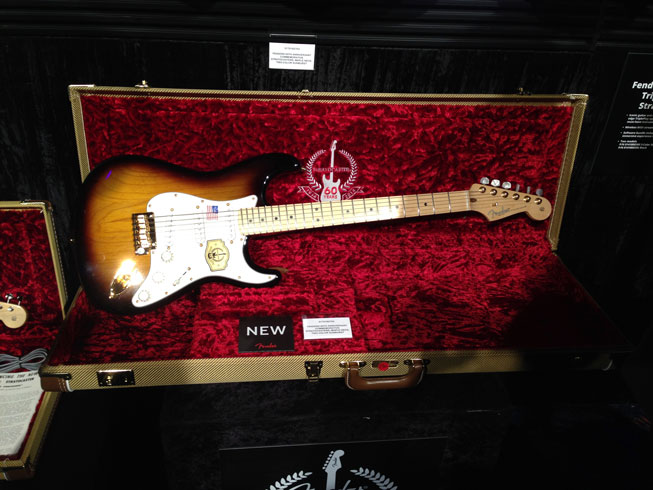

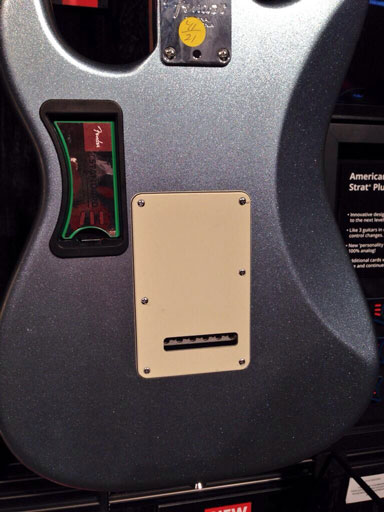 In keeping with Fender’s motto to create a guitar, “as new and different as tomorrow,” they have released the Fender American Deluxe Plus Stratocaster. Fender is known for finding ways of balancing its tradition and history with innovation, and this new addition is the epitome of that way of thinking. The American Deluxe Plus comes in both SSS and HSS configurations offering the player the ability to use interchangeable “personality cards” to further add to the tonal options of this fine instrument.
In keeping with Fender’s motto to create a guitar, “as new and different as tomorrow,” they have released the Fender American Deluxe Plus Stratocaster. Fender is known for finding ways of balancing its tradition and history with innovation, and this new addition is the epitome of that way of thinking. The American Deluxe Plus comes in both SSS and HSS configurations offering the player the ability to use interchangeable “personality cards” to further add to the tonal options of this fine instrument.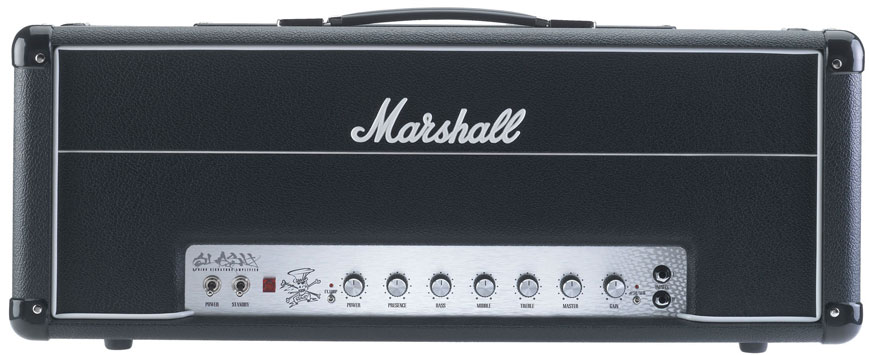

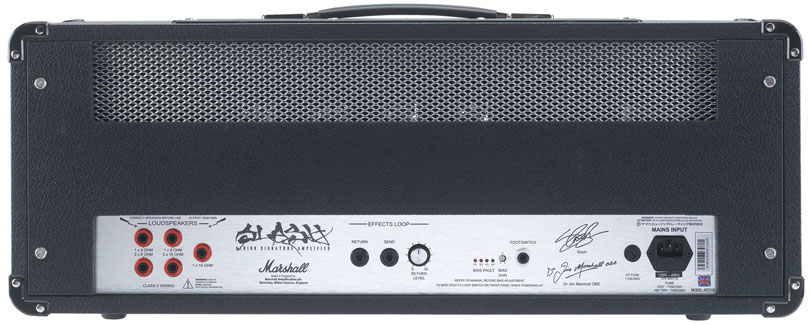

 Controls
Controls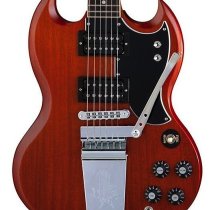
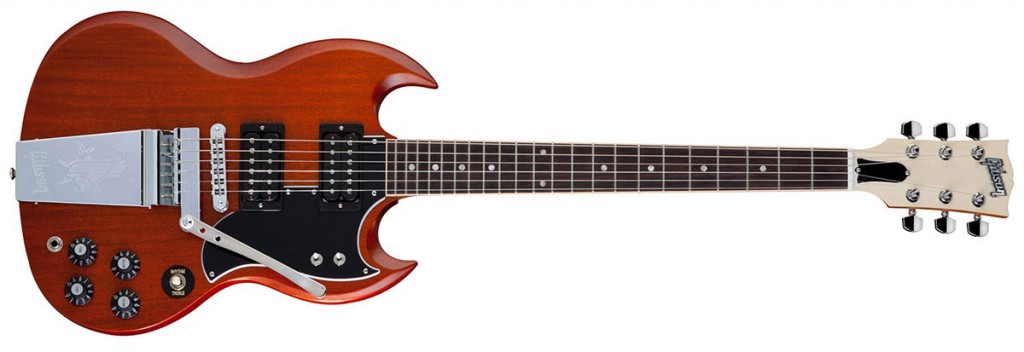
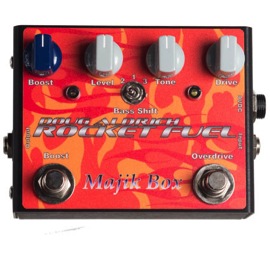
 The Majik Box Rocket Fuel is the signature overdrive/boost of none other than Les Paul-toting, Marshall-blasting and all round hard rock juggernaut, Doug Aldrich. The idea behind the handwired little box of magic, was to produce a boost/overdrive that would replace the rack unit the Whitesnake axeslinger had been using for years. With the help of the American company’s wizards Dave Simpsons and Rob Nishida, that’s exactly what they achieved.
The Majik Box Rocket Fuel is the signature overdrive/boost of none other than Les Paul-toting, Marshall-blasting and all round hard rock juggernaut, Doug Aldrich. The idea behind the handwired little box of magic, was to produce a boost/overdrive that would replace the rack unit the Whitesnake axeslinger had been using for years. With the help of the American company’s wizards Dave Simpsons and Rob Nishida, that’s exactly what they achieved.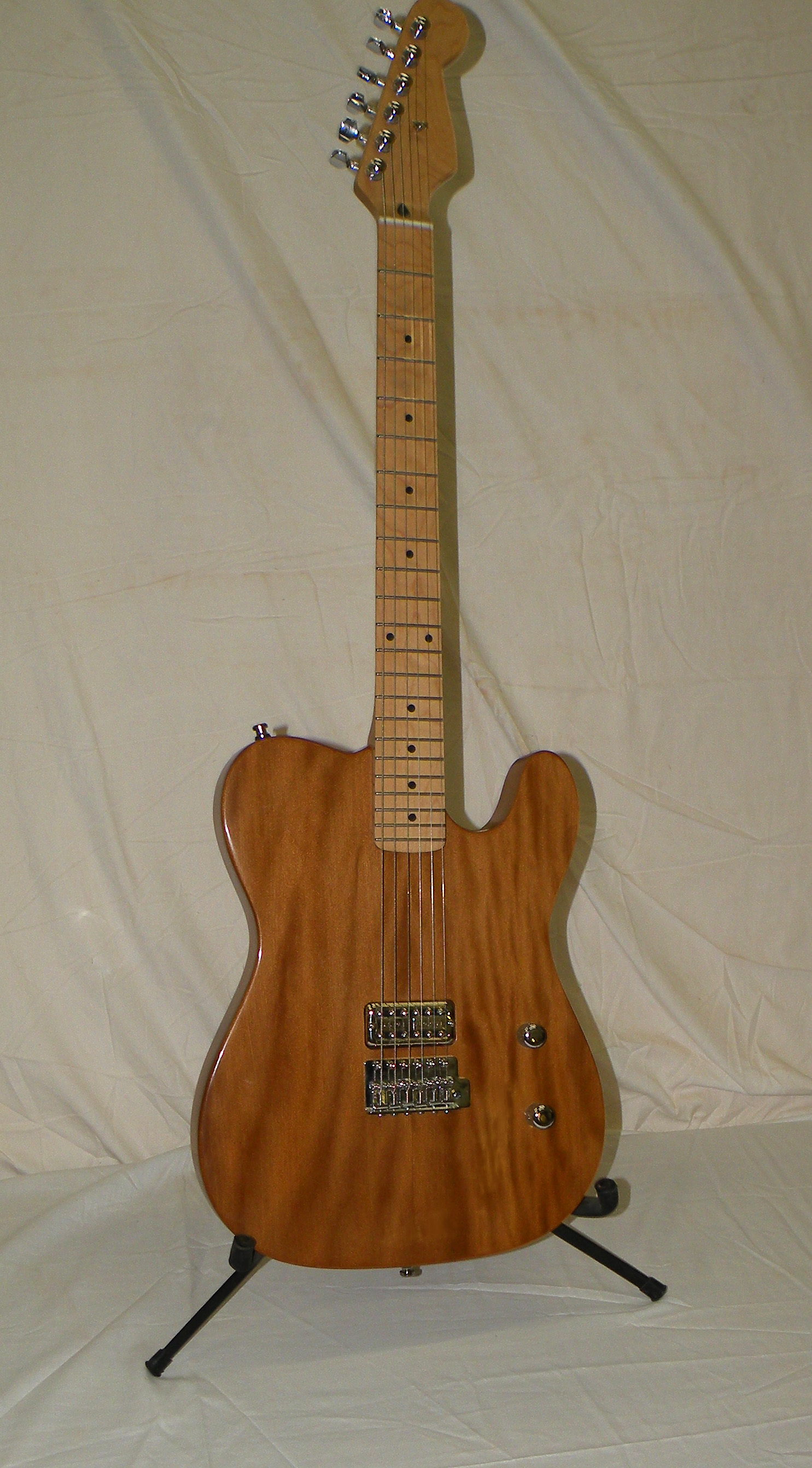
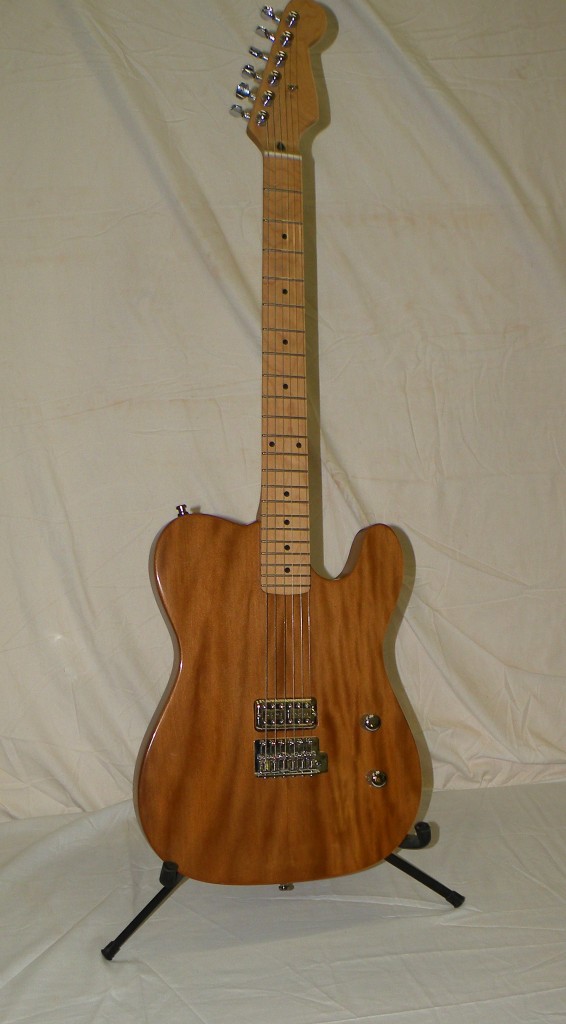 This is a guest post by Jordan Grunow of Ancientwood LTD
This is a guest post by Jordan Grunow of Ancientwood LTD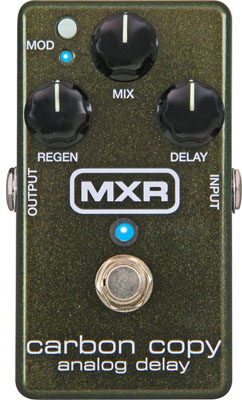
 less difficult to locate than the Thunderbolt. For fans on a budget, a small valve amp like a Marshall Class 5 or Vox AC4 should get you swinging in the right ballpark. It’s no secret that Page had a soft spot for low wattage amps and both of the above should get you into the general area. In terms of stomp boxes, two or three are real obvious choices; the first of which being the Vox Wah. Finding an original version of this pedal can be more than difficult, and so looking into purchasing Vox’s hand-wired Wah should certainly not be pushed aside. For those with less cash to spend it’s worth looking into both Vox’s standard Wah, or Dunlop’s trusty Crybaby. The second pedal that is a must have when acquiring Page’s early tone, is an overdrive. The first Stomp box that leaps forwards here is the MKII JMI Tonebender. Using a Tonebender to push the input of the amplifiers mentioned above will really help you to gain that gorgeous saturation that has some real clarity when using single coils. If you fancy picking up a Tonebender, JMI offer a large range of re-issues that hit in around the $300 mark. Early effects guru Roger Mayer also offers his take on the overdrive that he originally built for Jimmy, under the guise of the ‘Page 1’. Although this is not a reissue of Jimmy’s early overdrive, it should provide you with the general tone you’re looking for. This also weighs in at around the $300 price range.
less difficult to locate than the Thunderbolt. For fans on a budget, a small valve amp like a Marshall Class 5 or Vox AC4 should get you swinging in the right ballpark. It’s no secret that Page had a soft spot for low wattage amps and both of the above should get you into the general area. In terms of stomp boxes, two or three are real obvious choices; the first of which being the Vox Wah. Finding an original version of this pedal can be more than difficult, and so looking into purchasing Vox’s hand-wired Wah should certainly not be pushed aside. For those with less cash to spend it’s worth looking into both Vox’s standard Wah, or Dunlop’s trusty Crybaby. The second pedal that is a must have when acquiring Page’s early tone, is an overdrive. The first Stomp box that leaps forwards here is the MKII JMI Tonebender. Using a Tonebender to push the input of the amplifiers mentioned above will really help you to gain that gorgeous saturation that has some real clarity when using single coils. If you fancy picking up a Tonebender, JMI offer a large range of re-issues that hit in around the $300 mark. Early effects guru Roger Mayer also offers his take on the overdrive that he originally built for Jimmy, under the guise of the ‘Page 1’. Although this is not a reissue of Jimmy’s early overdrive, it should provide you with the general tone you’re looking for. This also weighs in at around the $300 price range.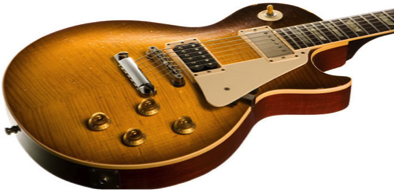 In terms of pickup replacements, Seymour Duncan’s
In terms of pickup replacements, Seymour Duncan’s 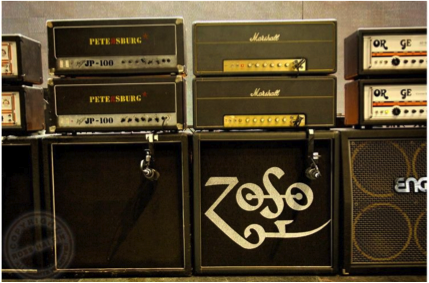 with Jimmy’s wide and layered sound. A good place to start is with a Marshall 1959 SLP (you can pick up a reissue for around a grand) and combining it with an Orange AD50. Blending the two will help to give you the roar of the Marshall, but the smoother overtones of the Orange providing you with a balanced tone. Adding a Highwatt should get you pretty close to the mark. However, for those looking to use just one amplifier, the Marshall Plexi is probably you’re best bet. You only need to listen to the Heartbreaker solo to realise how much it drips with the swagger of Page. One way in which the SLP can be made to be closer to Page’s own amplifiers, is by increasing the output to 200 Watts and fitting KT88 valves. The added volume and headroom should be enough to give you the clarity when cranked that Page’s tone is synonymous with. When it comes to pedals, the two mentioned above are still a very good bet. However, you may wish to add a few more. A script logo Phase 90 will allow you to get your Kashmir on, while in recent years, the Les Paul toting mastermind has been spotted with a Digitech whammy glued down onto his board.
with Jimmy’s wide and layered sound. A good place to start is with a Marshall 1959 SLP (you can pick up a reissue for around a grand) and combining it with an Orange AD50. Blending the two will help to give you the roar of the Marshall, but the smoother overtones of the Orange providing you with a balanced tone. Adding a Highwatt should get you pretty close to the mark. However, for those looking to use just one amplifier, the Marshall Plexi is probably you’re best bet. You only need to listen to the Heartbreaker solo to realise how much it drips with the swagger of Page. One way in which the SLP can be made to be closer to Page’s own amplifiers, is by increasing the output to 200 Watts and fitting KT88 valves. The added volume and headroom should be enough to give you the clarity when cranked that Page’s tone is synonymous with. When it comes to pedals, the two mentioned above are still a very good bet. However, you may wish to add a few more. A script logo Phase 90 will allow you to get your Kashmir on, while in recent years, the Les Paul toting mastermind has been spotted with a Digitech whammy glued down onto his board.